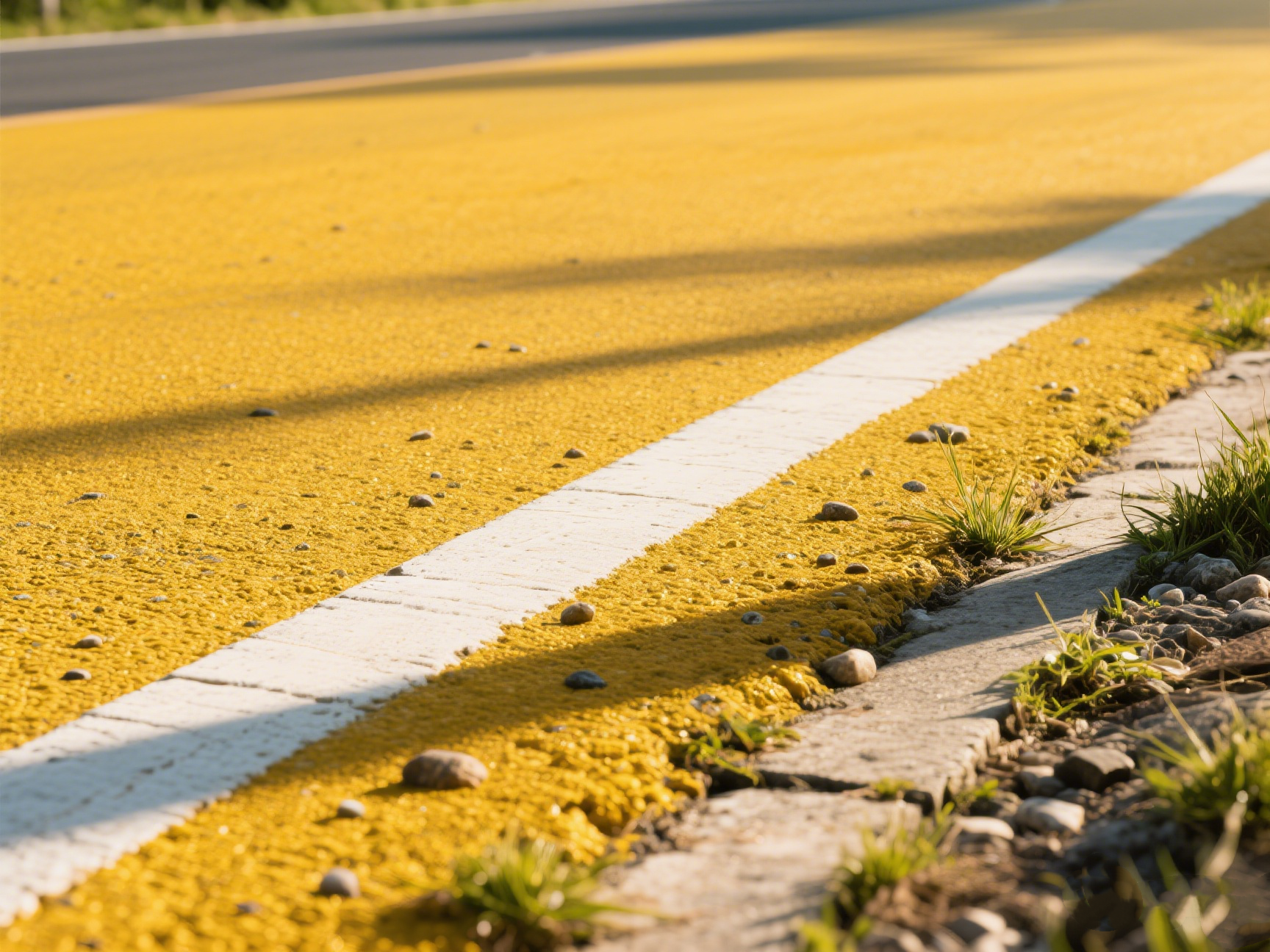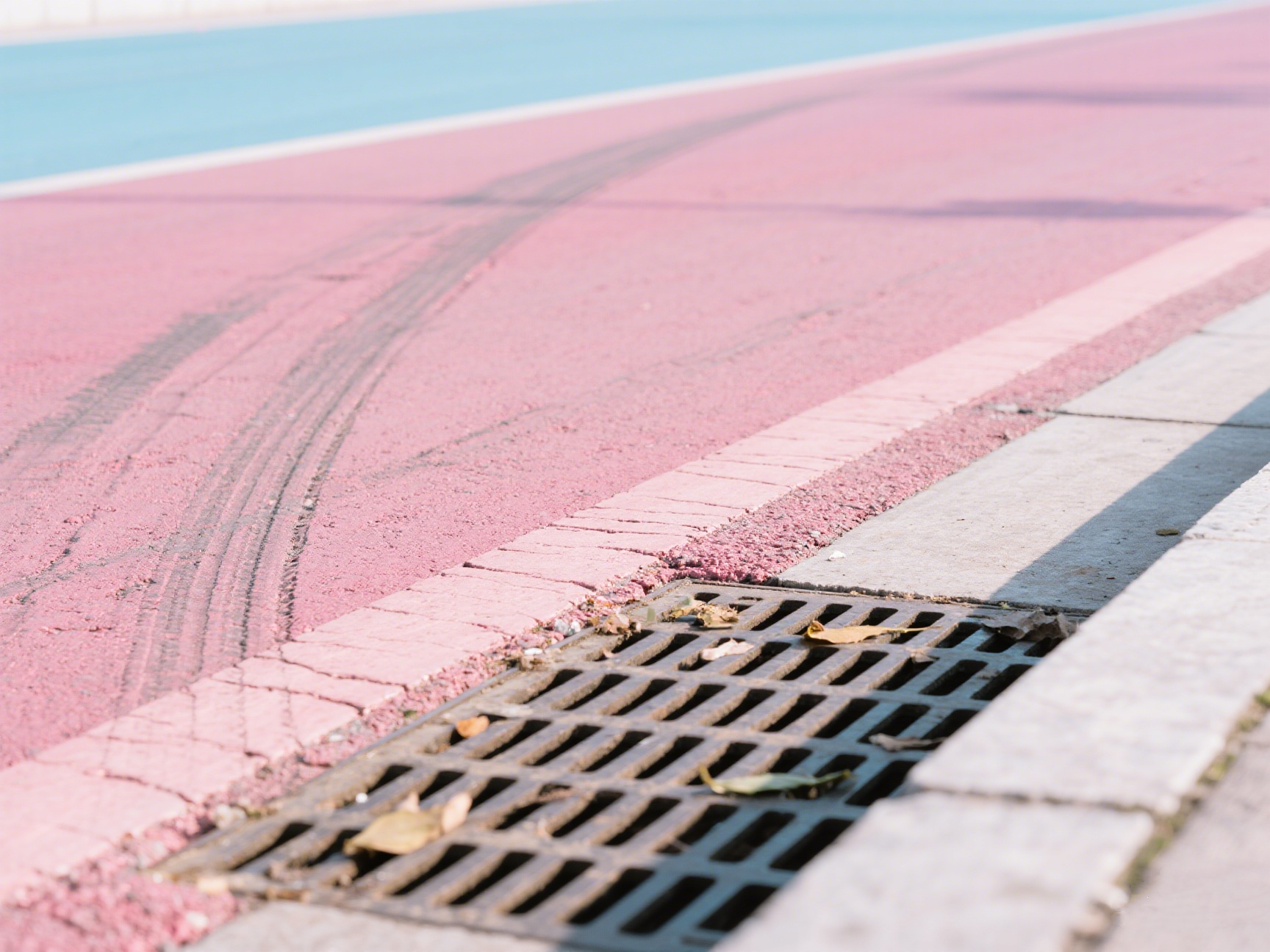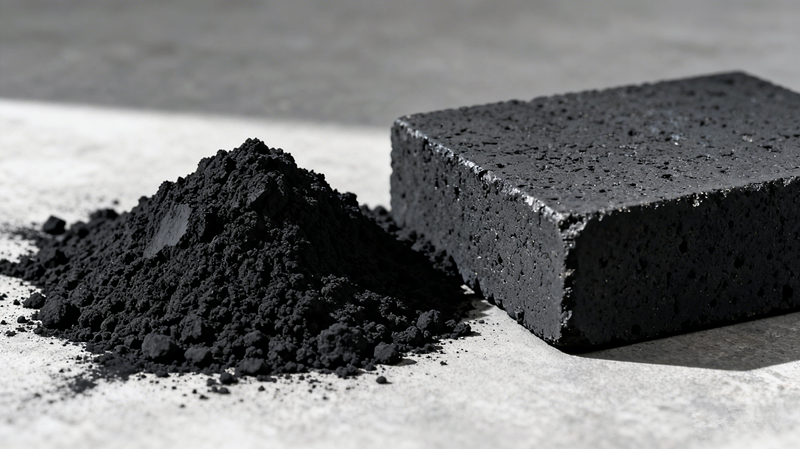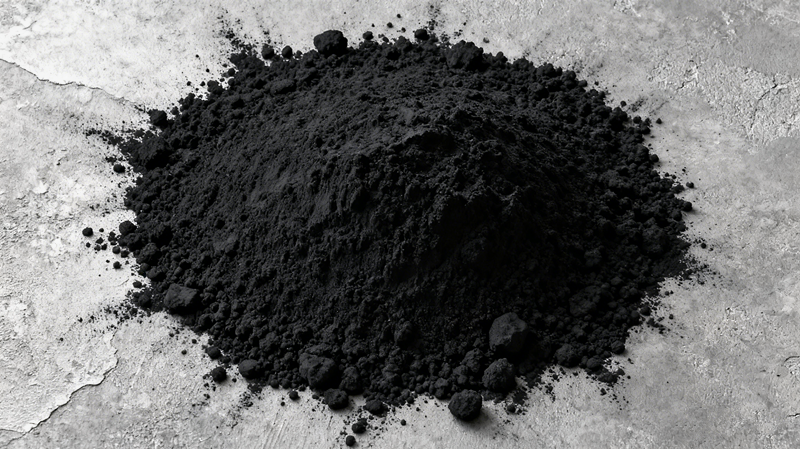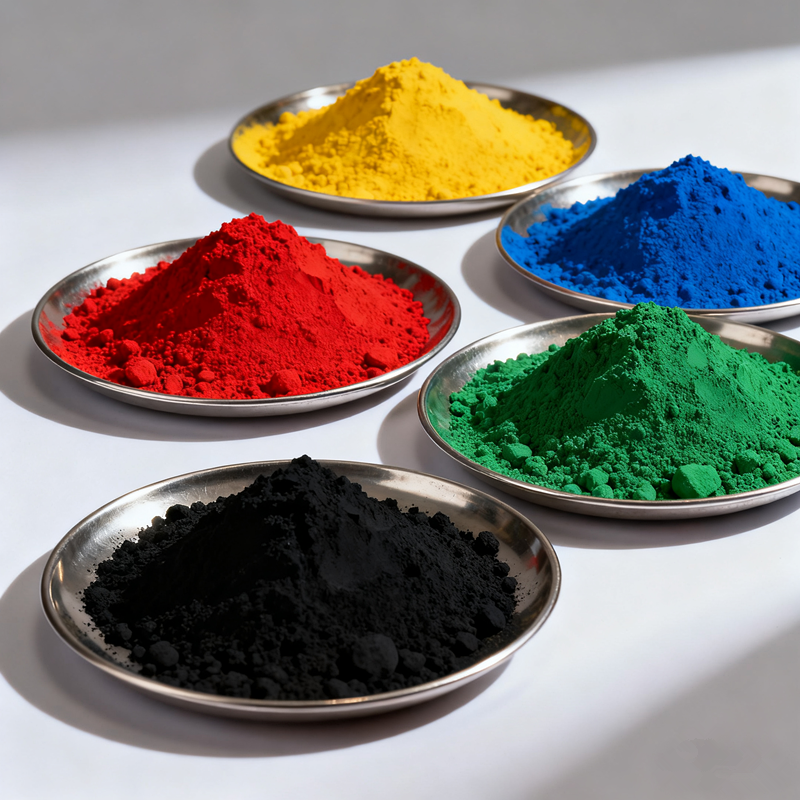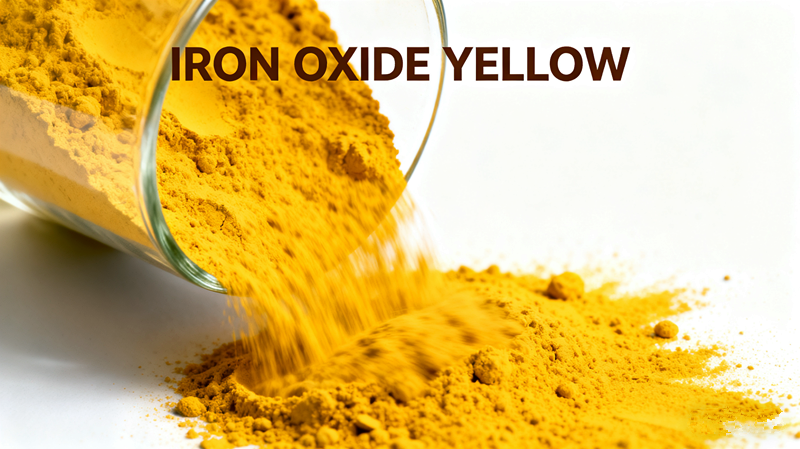Urban planners and developers often face the challenge of balancing aesthetics, safety, and sustainability in road construction. Traditional black asphalt, while functional, may not meet these evolving demands.
Colored asphalt pavements1 offer enhanced visibility, improved thermal performance, and aesthetic versatility, making them a superior choice for modern infrastructure projects.
As cities seek innovative solutions to infrastructure challenges, colored asphalt emerges as a compelling alternative. Let's explore its performance, advantages, and applications.
How Does Colored Asphalt Improve Performance?
Urban heat islands and road safety are pressing concerns in contemporary city planning. Colored asphalt2 addresses these issues effectively.
Colored asphalt reduces surface temperatures and enhances visibility, contributing to safer and more comfortable urban environments.
Thermal Performance
Colored asphalt2 especially in lighter shades, reflects more sunlight than traditional black asphalt. This increased reflectivity leads to cooler surface temperatures, mitigating the urban heat island effect. For instance, white-coated asphalt surfaces can experience temperature reductions of up to 17°C compared to uncoated surfaces.
Safety Enhancements
The use of colored asphalt in specific areas like bike lanes, pedestrian crossings, and bus lanes improves visibility for both drivers and pedestrians. This heightened visibility can lead to reduced accident rates3 and enhanced traffic management.
Durability and Water Resistance
Incorporating pigments like iron oxide not only adds color but also enhances the pavement's resistance to UV radiation and weathering. Moreover, colored asphalt exhibits superior water stability, with higher tensile strength ratios indicating better performance under freeze-thaw cycles.
What Are the Advantages of Using Colored Asphalt?
Beyond performance, colored asphalt offers several benefits that make it an attractive option for various applications.
Advantages include aesthetic appeal, environmental benefits, and functional versatility in urban design.
Aesthetic Appeal
Colored asphalt allows for creative urban design, enabling the differentiation of spaces and enhancing the visual appeal of public areas. Whether it's a park pathway or a city plaza, the use of color can transform the ambiance and identity of a space.
Environmental Benefits
By reflecting more sunlight, colored asphalt contributes to lower ambient temperatures, reducing the need for air conditioning in adjacent buildings. Additionally, the materials used are often environmentally friendly, with pigments like iron oxide being non-toxic and sustainable.
Functional Versatility
Colored asphalt is not just about looks; it serves practical purposes. For instance, different colors can designate specific zones, aiding in traffic management and pedestrian navigation. This functional use of color enhances the overall efficiency of urban spaces.
Where Can Colored Asphalt Be Applied?
The versatility of colored asphalt makes it suitable for a wide range of applications in both urban and rural settings.
Applications range from roadways and parking lots to recreational areas and pedestrian zones.
Roadways and Traffic Zones
Colored asphalt is commonly used to delineate bike lanes, bus lanes, and pedestrian crossings, improving safety and traffic flow. Its durability ensures that these markings remain visible over time, even under heavy traffic conditions.
Parking Lots and Driveways
In parking areas, colored asphalt can designate specific zones, such as handicapped spots or fire lanes, enhancing organization and compliance with regulations. Additionally, the aesthetic appeal adds value to commercial and residential properties.
Recreational and Pedestrian Areas
Parks, playgrounds, and walking trails benefit from the use of colored asphalt, which can define spaces and add vibrancy. The material's resistance to weathering ensures that these areas remain attractive and functional over time.
Conclusion
Colored asphalt offers more than aesthetic value—it improves road safety, reduces surface heat, and enhances space functionality. Its growing use in bike lanes, crosswalks, and urban design reflects a shift toward smarter, more sustainable infrastructure. With the right pigments and materials, it becomes a reliable solution for long-term performance and visual impact.
From a supplier’s perspective—like us at XT—choosing the right pigment, such as high-quality iron oxide red, is essential to achieving consistent color, durability, and performance. We work closely with clients in regions like South America, the Middle East, and Africa to ensure that every shipment meets specific project standards. As more urban developers, construction firms, and governments look for smarter road solutions, colored asphalt is set to become a cornerstone of forward-thinking infrastructure projects.
-
Discover how colored asphalt pavements can enhance urban aesthetics and safety while promoting sustainability in infrastructure projects. ↩
-
Explore how colored asphalt can improve urban environments by reducing heat and enhancing safety. ↩ ↩
-
Discover effective strategies and innovations that contribute to lower accident rates in cities. ↩


